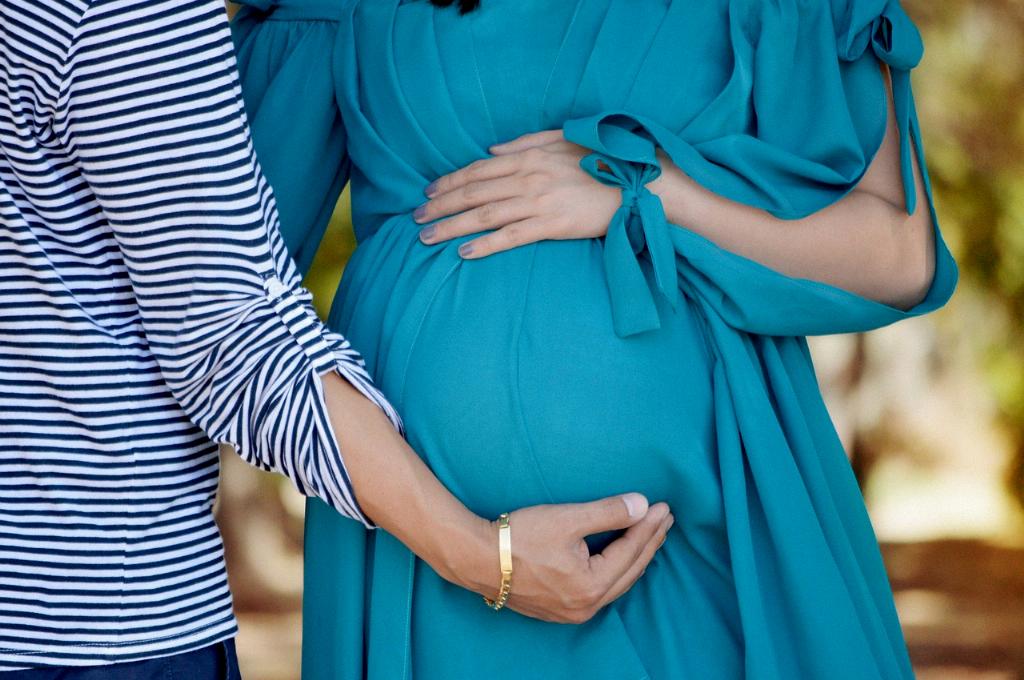When it comes to pregnancy, one of the first structures that can be visualized through ultrasound is the gestational sac. This sac plays a crucial role in the early stages of pregnancy, offering valuable insight into the development of the embryo. But the burning question for many expectant mothers is: How many weeks pregnant can you actually see the gestational sac?
The gestational sac typically becomes visible on ultrasound between 4.5 to 5 weeks of gestational age. At this early stage, it serves as the initial indicator of an intrauterine pregnancy. However, it’s important to note that while the presence of a gestational sac is a positive sign, it is not a definitive confirmation of a viable pregnancy.
Despite its significance in early pregnancy, the gestational sac has limitations when it comes to accuracy. Studies have shown that the gestational sac is about 97.6% specific for confirming an intrauterine pregnancy. This means that while the presence of a gestational sac is a strong indicator, additional factors and follow-up ultrasounds may be required to confirm the viability of the pregnancy.
As the pregnancy progresses, the gestational sac continues to grow and develop in tandem with the embryo. It serves as a protective structure for the developing fetus and provides essential nutrients for its early growth. The size and shape of the gestational sac can offer valuable insights into the progress of the pregnancy and the health of the fetus.
For many expectant parents, the first glimpse of the gestational sac on ultrasound is a moment filled with anticipation and excitement. It marks the beginning of a remarkable journey towards parenthood and provides a tangible reminder of the new life growing within the womb.
While the gestational sac is a significant milestone in early pregnancy, it is essential to remember that its presence alone is not a guarantee of a healthy pregnancy. Follow-up ultrasounds and prenatal care are crucial in monitoring the progress of the pregnancy and ensuring the well-being of both the mother and the baby.
It’s important for expectant parents to maintain open communication with their healthcare providers throughout the pregnancy journey. By staying informed and actively participating in prenatal care, parents can ensure the best possible outcomes for both themselves and their baby.
As the weeks progress and the pregnancy advances, the gestational sac will continue to play a vital role in monitoring the growth and development of the fetus. It serves as a key indicator of the health and progress of the pregnancy and provides valuable information for healthcare providers in assessing the well-being of both the mother and the baby.
Ultrasound technology has revolutionized the way pregnancies are monitored and has made it possible to visualize the early stages of fetal development with remarkable clarity. The ability to see the gestational sac early in pregnancy offers expectant parents a glimpse into the incredible journey of creating new life.
Ultimately, the gestational sac serves as a beacon of hope and promise in the early stages of pregnancy. While its appearance can bring excitement and joy to expectant parents, it also underscores the importance of ongoing prenatal care and monitoring to ensure a healthy outcome for both mother and baby.
In conclusion, the gestational sac typically becomes visible on ultrasound between 4.5 to 5 weeks of gestational age, marking an important milestone in early pregnancy. While its presence is a positive sign of an intrauterine pregnancy, further follow-up and monitoring are essential to confirm the viability and health of the pregnancy. The development and growth of the gestational sac provide invaluable insights into the progress of the pregnancy and the well-being of the fetus, making it a crucial element in the journey towards parenthood.

